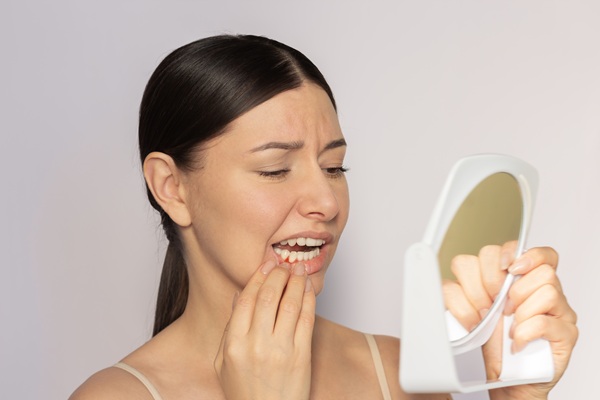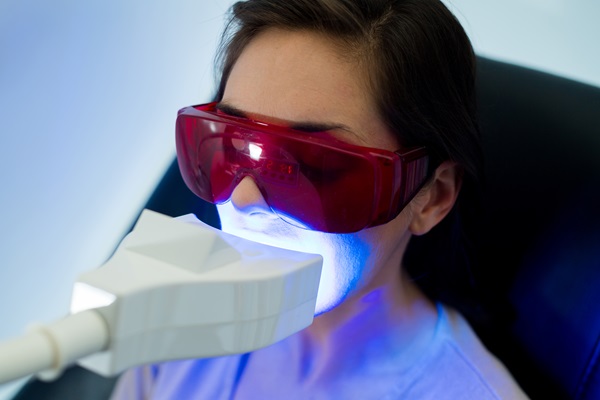 The journey toward a straighter smile is exciting but comes with a crucial decision: Invisalign® or traditional braces? Both options have advantages, and understanding their differences can help you make an informed decision about your teeth-straightening treatment goals. It is not only about achieving a straighter smile but also about finding the path that best aligns with your lifestyle and preferences.
The journey toward a straighter smile is exciting but comes with a crucial decision: Invisalign® or traditional braces? Both options have advantages, and understanding their differences can help you make an informed decision about your teeth-straightening treatment goals. It is not only about achieving a straighter smile but also about finding the path that best aligns with your lifestyle and preferences.
Visibility and appearance
One of the most cited benefits of Invisalign is that it is virtually invisible. These clear and removable aligners are custom-made to fit snugly over a patient's teeth. This discreet nature makes them a popular choice, especially for adults and teens who prefer a more inconspicuous treatment method.
While they are effective, traditional braces are highly visible. They consist of metal brackets attached to each tooth, connected by wires, and secured with rubber bands. However, advancements in teeth-straightening treatment have introduced tooth-colored or clear brackets, reducing their visibility.
Comfort and convenience
Invisalign aligners are comfortable and convenient. They are made from plastic and eliminate the discomfort of metal wires and brackets. Additionally, Invisalign aligners are removable. This convenience allows patients to eat, brush, and floss without restrictions. Invisalign promotes better oral hygiene and provides a more flexible and comfortable experience.
Traditional braces often cause some discomfort, particularly during the initial adjustment period. The brackets and wires can occasionally irritate the cheeks and lips. In addition, patients need to avoid certain foods and use special techniques for brushing and flossing. However, more modern designs of braces are generally more comfortable and reduce the risk of potential irritation and discomfort.
Duration of treatment
Many people consider the duration of treatment while seeking dental care. Invisalign treatment typically lasts between 12 to 18 months, depending on the complexity of the case and the consistency of wearing the aligners. In contrast, traditional braces often require a more extended treatment period, averaging between 18 to 24 months. For some people, Invisalign's shorter treatment may make all the difference in their decision. It is important to note that the duration of treatment can vary based on each patient's specific needs.
Efficacy and complexity of cases
Both Invisalign and traditional braces are effective in treating a wide range of misalignment issues. These issues include:
- Crooked teeth
- Overcrowding
- Overbites
- Underbites
- Crossbites
In complex cases, traditional braces may be the more effective option. The fixed nature of braces allows for more precise control over certain movements, making them ideal for intricate corrections.
Even so, Invisalign has made significant advancements in recent years, allowing patients to use clear aligners in more severe cases. Nonetheless, the ultimate choice between Invisalign and traditional braces depends on the patient's needs and preferences.
Need help making a decision?
Invisalign and traditional braces each offer unique advantages, catering to different preferences and teeth-straightening needs. If you have questions about your options, call our office to schedule a consultation to discuss your treatment goals. Regardless of your ultimate decision, the end goal remains the same: achieving a beautifully aligned smile that improves your oral health and boosts your confidence. Make an appointment today.
Request an appointment or call R. Scott Smith DDS at 714-332-4737 for an appointment in our Orange office.
Recent Posts
Invisalign® is a popular alternative to straightening teeth with traditional braces. It allows patients to improve the alignment of their teeth without ruining the appearance of their smile with a bunch of metal brackets and wires.These removable plastic aligner trays can be used to treat a wide range of orthodontic issues like crooked, crowded, abnormally…
Invisalign® has improved orthodontic treatment by offering a discreet and effective way to straighten teeth. Unlike traditional braces with visible wires and brackets, Invisalign uses nearly invisible clear aligners. However, achieving the best results with Invisalign requires proper maintenance and care.This review discusses how patients can maintain the quality and longevity of their Invisalign aligners…
Invisalign® can help correct your smile and improve your dental health. Your dentist will check your dental structures first. This determines if you are a good candidate for this dental straightening treatment. Here are the details about when your dentist would recommend Invisalign.Dentists would recommend traditional braces for severe dental crookedness. But for mild cases,…


